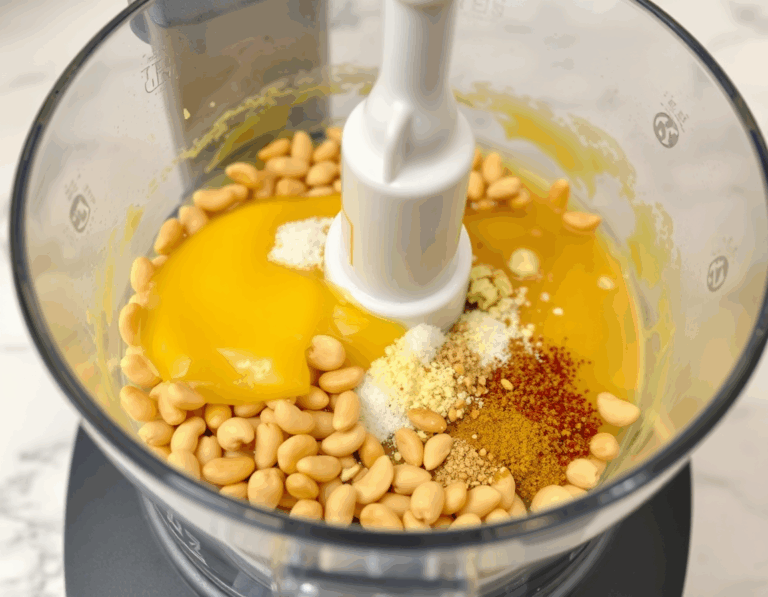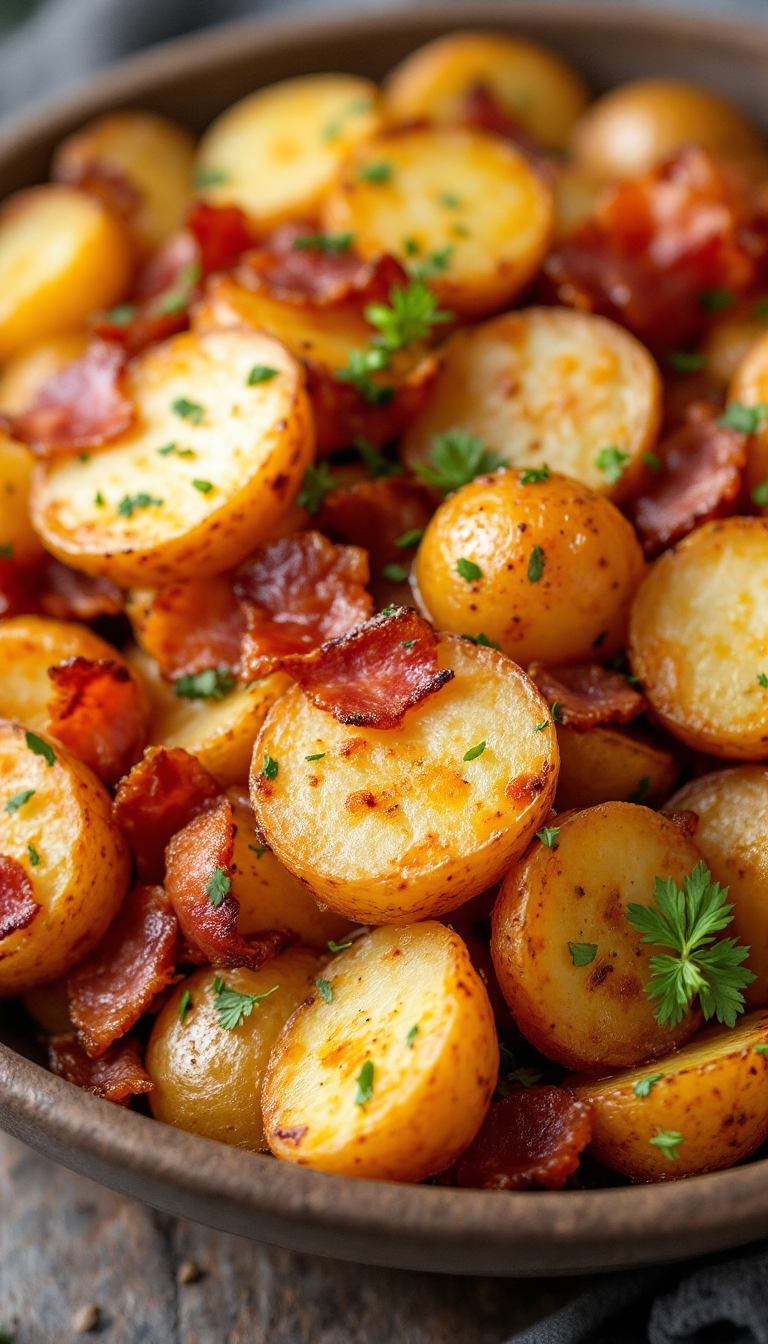Picture this: the sun-drenched fields of Italy, basil leaves swaying in the gentle breeze—okay, maybe I’m just in my kitchen with a bunch of fresh basil from the farmer’s market, but the aroma is transporting. Making pesto feels like a mini escape to a rustic Italian villa; it’s where vibrant green meets the nutty richness of pine nuts and the sharp, delightful tang of Parmesan. Seriously, if you haven’t tried whipping up your own basil pesto at home, you’re missing out on a simple pleasure—like finding a forgotten $20 bill in your pocket.
Cookbook Inspiration
For those interested in exploring more ways to use fresh basil, a dedicated cookbook could offer additional pesto variations and recipes.
Steps
- Start by placing pine nuts, lemon juice, garlic, salt, and pepper into a food processor. Pulse the ingredients until they are finely chopped.
- Add fresh basil to the food processor and pulse until everything is combined.
- While the food processor is running, slowly drizzle in the olive oil until the mixture is well combined.
- If you’re using Parmesan cheese, add it to the mixture and pulse briefly to incorporate. For a creamier consistency, add a bit more olive oil.
- Transfer the pesto to an airtight container. To keep it fresh, cover the surface with a thin layer of plastic wrap or a drizzle of oil before sealing. Store in the refrigerator.
Ingredients
- 1/4 cup pine nuts
- 2 tablespoons lemon juice
- 2 garlic cloves
- Salt and pepper, to taste
- 2 cups fresh basil leaves
- 1/2 cup extra-virgin olive oil
- 1/4 cup grated Parmesan cheese (optional)
FAQ
- What ingredients are typically used to make traditional pesto?
- Traditional pesto is made with fresh basil, garlic, pine nuts, extra-virgin olive oil, and Parmesan cheese. These ingredients are blended together using a food processor to create a smooth and flavorful sauce.
- How can I store homemade pesto to keep it fresh?
- To keep homemade pesto fresh, store it in an airtight container in the refrigerator. To prevent the surface from turning brown, cover it with a thin layer of plastic wrap or an extra drizzle of olive oil before sealing the container.
- What are some variations I can try with a basic pesto recipe?
- You can experiment with various ingredients to create different pesto flavors. Substitute the pine nuts with walnuts, almonds, or pistachios, or use pepitas or hemp seeds for a nut-free version. You can also replace basil with other herbs like mint, cilantro, or parsley, or add ingredients like sun-dried tomatoes or roasted red peppers for extra flavor.
- What are some creative ways to use pesto in meals?
- Pesto is incredibly versatile and can be used in a variety of dishes. Toss it with pasta, spread it on sandwiches, drizzle it over salads, or top it on pizza. You can also mix it into grain bowls, serve it with grilled vegetables, or add it to scrambled eggs for a flavorful twist.
- Can pesto be made without Parmesan cheese for a vegan option?
- Yes, you can omit Parmesan cheese to make a vegan pesto. The remaining ingredients will still combine to create a delicious and flavorful sauce. You might also consider adding nutritional yeast for a cheesy flavor without using dairy.
Tips
- To maintain a vibrant green color, cover your pesto with a thin layer of plastic wrap or drizzle extra olive oil on top before sealing the container in the fridge.
- Experiment with different nuts or seeds to create unique flavors; walnuts, almonds, pistachios, pepitas, or hemp seeds can all make delicious substitutes for pine nuts.
- Don’t limit yourself to basil; try using other herbs like mint, cilantro, or parsley, or mix in greens like arugula or kale for an exciting twist.
- Enhance the flavor profile by adding ingredients such as sun-dried tomatoes, charred jalapeños, nutritional yeast, or red pepper flakes for an extra kick.
Equipment

I’m Heather, the founder of Hearty Home Bites, a place where I share my love for delicious, approachable recipes and the joy of gathering around the table. What started as a personal project quickly grew into a trusted resource for home cooks everywhere.




